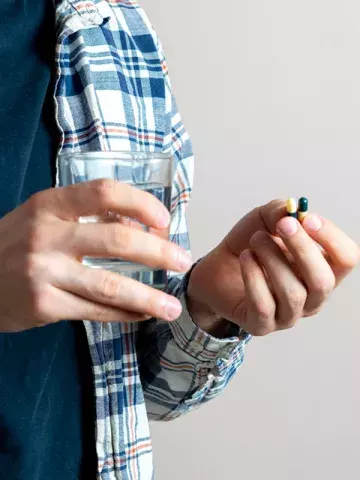Australian research highlights increase in paediatric psychotropic prescribing
By Rebecca Jenkins
Dispensing rates of psychotropic medications to children and adolescents doubled between 2013 and 2021, Australian research shows, as did the prevalence of psychotropic polypharmacy.
In a retrospective cohort study, a Monash University-led research team analysed a 10% random sample of PBS data to examine the dispensing of psychotropic medications to people aged 18 years or younger, between 2013 and 2021.
The overall prevalence of psychotropic dispensing to children and adolescents was 33.8 per 1000 boys and 25.2 per 1000 girls in 2013, which increased to 60.0 per 1000 boys and 48.3 per 1000 girls in 2021, the researchers reported in the Medical Journal of Australia.
The prevalence of psychotropic polypharmacy was 5.4 per 1000 boys and 3.7 per 1000 girls in 2013, which increased to 10.4 per 1000 boys and 8.3 per 1000 girls in 2021.
‘Dispensing rates for several psychotropic classes increased even more during the COVID-19 pandemic, particularly for adolescent girls,’ the researchers wrote.
‘We did not examine the appropriateness of psychotropic prescribing, but reasons for the increasing rates should be investigated to determine whether their benefits outweigh their harms, and whether these agents are being used as substitutes for mental health services and nonpharmacological support.’
A research letter written by Macquarie University-led researchers, in the same issue of the journal, found a similar trend. They reported that rates of general practice psychotropic medication prescribing for children and adolescents aged 5 to 19 years increased from January 2018 to November 2021 in five primary health networks, with particularly marked increases during the COVID-19 pandemic.
‘Increased prescribing in general practice may be partly explained by the increased burden on other mental health services,’ the researchers wrote.
In an accompanying editorial, Professor Philip Hazell, Honorary Professor with the Sydney Medical School at the University of Sydney, said rather than being inappropriate, the increased prescribing rate was ‘an example of the system working as it should’.
‘Now that the perceived threat of COVID-19 has subsided, we expect that morbidity and help-seeking will both return to prepandemic levels. If they do not, we have to ask why,’ he wrote.
Professor Hazell noted that in the PBS data analysis, dispensing surged during the pandemic across all states and territories, regardless of whether they
were undergoing prolonged lockdowns.
‘The rise paralleled changes in morbidity, and I wonder whether this finding suggests that lockdown and associated disruptions were not the dominant drivers of mental health problems in children and adolescents during the pandemic. I wonder whether prolonged perceived threat was a factor here?’ he wrote.
He also suggested that peaks in prescribing illustrated in the research letter could be linked to parents ensuring children had access to medication in case prescriptions became difficult to obtain or to fill.
Med J Aust 2023; doi: 10.5694/mja2.51948, doi: 10.5694/mja2.51942 and doi: 10.5694/mja2.51977.


